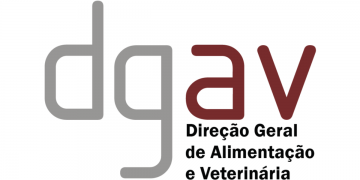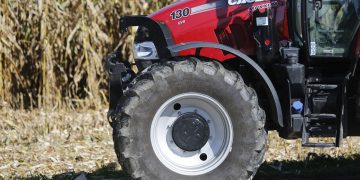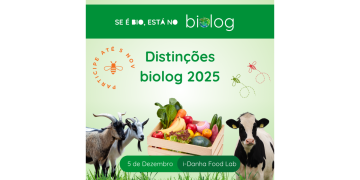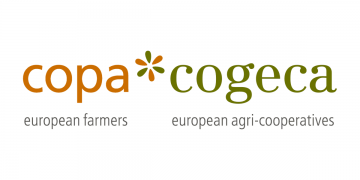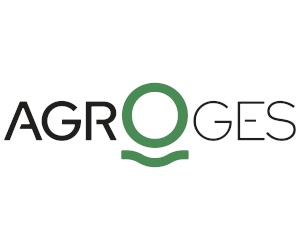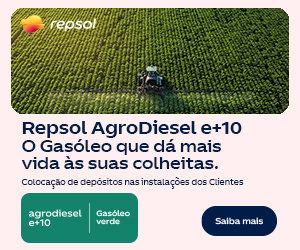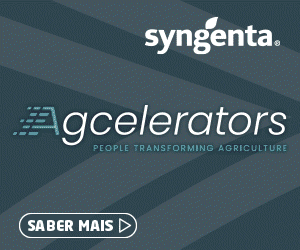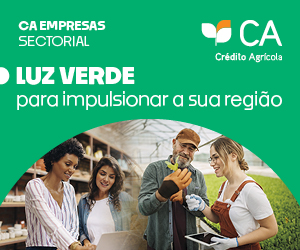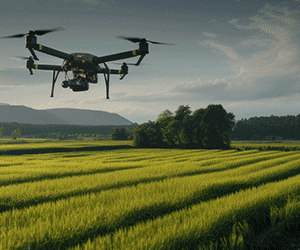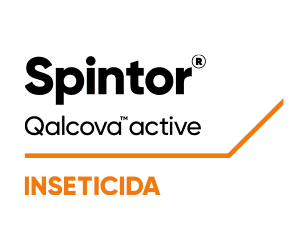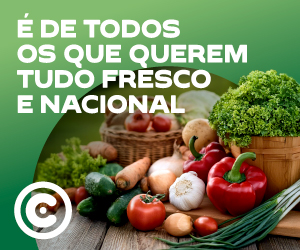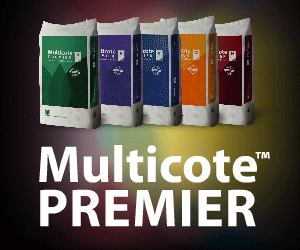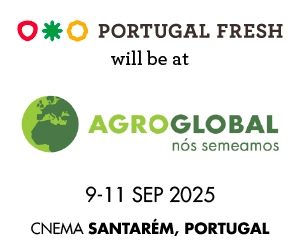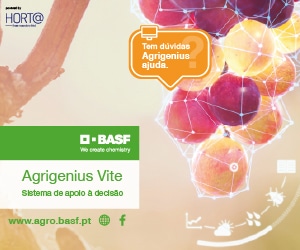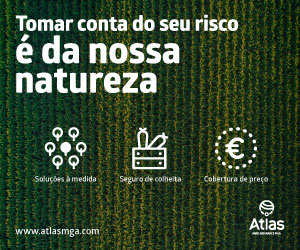On 6 July 2022 the EU circulated to WTO Members its proposed revisions to Maximum Residue Limits (MRLs) for two neonicotinoid insecticides clothianidin and thiamethoxam (the documents include the formal notification to the TBT Committee, the proposed draft Commission Regulation, and a comparison of existing and proposed MRLs by agricultural product).
Under WTO rules, this is a necessary step when changes in MRLs are proposed. Other Members now have 60 days in which to provide comments on the proposed changes. These comments are then considered by the Standing Committee on Plant, Animal, Food and Feed, the EU body consisting of Member State representatives that decides on pesticide issues, before final approval is given to the proposed Regulation.
While such notifications of changes in MRLs are routine, this particular notification stands out because it is the first time that the EU, or indeed any WTO Member, has proposed to set MRLs on the basis of the global environmental impact of the specified pesticides rather than on the basis of good agricultural practice (GAP) while ensuring protection of consumer health. Most neonicotinoid insecticides are now not approved for use in the EU (see below for details) which would normally lead to setting the MRLs to zero (in practice, MRLs are lowered to the Limit of analytical Determination (LOD) which is the lowest level that can be detected using current monitoring instruments, usually 0.01 mg/kg).
However, several MRLs for imports have been set either on the basis of Codex Alimentarius standards (CXLs) or on the basis of import tolerances (where an applicant in an exporting country, usually the manufacturer, requests an MRL based on good agricultural practice in the exporting country). Such import tolerances can be granted provided the reason for non-approval in the EU is not related to the protection of consumer health and provided a risk assessment is undertaken by EFSA to show that the proposed import tolerance is not a risk to consumer health (I give a fuller explanation of the legislation and procedures for setting MRLs in my report Implications of the European Green Deal for agri-food trade with developing countries). This means that producers in exporting countries can still use neonicotinoid insecticides to control insect pests when these pesticides are no longer available to EU producers.
The import of the Commission’s proposed Regulation will be to reduce the MRLs for these two neonic insecticides to the LOD. Because these are systemic insecticides which are taken up by the plant and transported to all its tissues (leaves, flowers, roots and stems, as well as pollen and nectar) it seems that it will be very difficult to avoid that residue levels will exceed the LOD if they are used. This would mean that the new EU MRLs are effectively a ban on the import of agricultural commodities that have been produced using these insecticides. It would be helpful to get a more expert opinion than mine on whether this is the case or not.
This proposed change in MRLs for clothianidin and thiamethoxam is the first implementation under the European Green Deal and Farm to Fork Strategies of the Commission promise to take global environmental impacts into account when setting MRLs for pesticide active substances that are not approved or no longer approved for use in the EU. This commitment was given by the Commission, for example, in a declaration attached to the negotiated outcome on the CAP 2023-2027.
The fact that the new MRLs have been set principally because of the impact of these insecticides on ecosystems in the exporting countries rather than to protect consumer health in the EU is one reason for comparing this notification in the title to this post to the equivalent of throwing a hand grenade into international agri-food trade.
A second reason is that neonicotinoid insecticides are the most widely used insecticides globally, with estimates suggesting they have a 24% market share. They are used in over 120 countries in more than 140 crops, including cotton, corn, cereals, sugar beet, oilseed rape, and others. Thus, the potential consequences of the new MRLs are very far-reaching (even taking into account that the proposed MRLs only cover two of the seven neonicotinoid insecticides in use globally today). Even if the restrictions can be justified, they are likely to cause severe disruptions to international trade.
Background to neonicotinoid insecticides
Neonicotinoid insecticides were first introduced in the early 1990s. They are used to control a variety of pests especially sap-feeding insects such as aphids as well as root-feeding grubs. They are also common in veterinary applications such as tick control and flea collars for pets. They are often used pre-emptively (as pre-treated seeds) regardless of pest presence, infestation pressure or cropping history. As the Pesticides Action Network UK website notes, “Neonics were originally welcomed as much safer for humans, livestock and birds than other insecticides. Seed treatments were seen as a more effective method of targeting pests than spraying crop foliage, and more environmentally-friendly because they can reduce the number of spray applications needed in-field.”
However, the very properties that make neonics popular among farmers – their systemic action, their persistence in crops and soil, and their efficacy at low concentrations – also mean they have unintended consequences for ecosystems. The most recent bee risk assessment reports of the European Food Safety Authority (EFSA) find that the majority of applications of neonicotinoid-containing pesticides pose a risk to wild and honey bees. An EASAC scientific review (European Academies Science Advisory Council, 2015) noted that, while most public attention has focused on potential effects of neonics on honey bees, the impact on a wider range of pollinators as well as on insect species with natural pest control functions and on a wider range of biodiversity indicators such as farmland birds deserved more attention. It concluded that the policy debate should be much broader and include natural pests, biodiversity and soil issues.
Five neonicotinoids have had authorisation in the EU: imidacloprid, chlothianidin, thiamethoxam, thiacloprid and acetamiprid. In 2013, the use of three neonicotinoids (clothianidin, imidacloprid and thiamethoxam) was prohibited for most outdoor uses based on the scientific evidence of their negative impact on bees. In 2018 the Commission following a further EFSA assessment banned the use of these insecticides for all outdoor uses, though Member States can apply for derogations on specified grounds. Following the adoption of these restrictions, all applications for the renewal of the approval of the active substances clothianidin and thiamethoxam were withdrawn. Therefore, the approval of clothianidin expired on 31 January 2019 and the approval of thiamethoxam expired on 30 April 2019. Approval for thiacloprid was withdrawn by the Commission in 2020 in the light of another EFSA assessment. For acetamiprid, the EFSA risk assessment established a low risk to bees, which was insufficient to justify restrictions, so only acetamiprid has been re-approved for use until 2033. A Dutch consultancy firm CLM has provided a review of the uses of neonics in EU agriculture prior to these bans.
How the EU justifies the new MRLs
The EU argues, in the preamble to its proposed Regulation, that “there is a substantial body of evidence showing that active substances which are neonicotinoids, such as clothianidin and thiamethoxam, play an important role in the decline of bees and other pollinators worldwide”.
The preamble goes on to note that “There is growing worldwide concern that the decline of pollinators is a serious threat to global biodiversity, the environment and sustainable development, as well as to maintaining agricultural productivity and food security”.
This leads to the conclusion (Recital 11):
As the decline in pollinators is an issue of international concern, Union measures need to be adopted to protect pollinator populations worldwide, including bees, from the risks of active substances, such as the neonicotinoids clothianidin and thiamethoxam. Preserving the pollinator population within the Union only would be insufficient to reverse the worldwide decline of pollinator populations and its effects on biodiversity, agricultural production and food security, also in the Union.
A separate issue for legal scholars is the legal basis for the EU decision. Regulation 396/2005 (the MRL Regulation) controls pesticide residues and sets out the framework for setting MRLs in food and feed. Unlike approval for an active substance which requires environmental risks to be considered, MRLs are established solely on health grounds (‘to protect vulnerable consumers’) and do not consider environmental risks. The Commission had previously raised a question whether this Regulation would need to be amended to allow environmental risks to be assessed.
An MRL is defined (Article 3d) as:
(d) ‘maximum residue level’ (MRL) means the upper legal level of a concentration for a pesticide residue in or on food or feed … based on good agricultural practice and the lowest consumer exposure necessary to protect vulnerable consumers;
In turn, Article 1 of the MRL Regulation sets down that “This Regulation establishes, in accordance with the general principles laid down in Regulation (EC) No 178/2002, in particular the need to ensure a high level of consumer protection and harmonised Community provisions relating to maximum levels of pesticide residues in or on food and feed of plant and animal origin.”
The Commission appears to be using this link with the General Food Law Regulation (EC) No 178/2002 to allow the determination of MRLs to also include environmental considerations. It notes that, in accordance with Article 5(1) of the latter Regulation, food law shall pursue one or more of the general objectives of a high level of protection of human life and health and the protection of consumers’ interests, including fair practices in food trade, taking into account, where appropriate, the protection of animal health and welfare, plant health and the environment.
It is now arguing that the GAPs used in the past as a basis for setting MRLs did not ensure a sufficient protection of the environment, based on current knowledge.
GAPs involving outdoor uses of clothianidin and thiamethoxam are not acceptable, in light of current scientific and technical knowledge, due to their effects on bees. Given the global nature of pollinator decline, there is a need to ensure that also commodities imported into the Union do not contain residues resulting from GAPs based on outdoor uses of clothianidin and/or thiamethoxam, in order to avoid the transfer of adverse effects on bees from food production in the Union to production of food in other parts of the world that is then imported into the Union”.
This is appropriate to ensure that all products produced or consumed in the Union are free from clothianidin and thiamethoxam and the production is not associated with pollinator mortality. In view of this, CXLs based on GAPs that do not achieve the appropriate level of protection of the Union should no longer be provided for as MRLs pursuant to Regulation (EC) No 396/2005.
Conclusion
It seems highly unlikely that exporting countries will accept these arguments at face value, though we must wait for the 60 days to see their immediate reactions. Given the precedent that this unilateral EU decision would set, it seems highly probable that it will be challenged under the WTO’s dispute settlement procedures. The findings of any panel set up to adjudicate such a dispute would have enormous significance for the way trade rules can be used to pursue environmental objectives. We are only at the beginning of a really important journey.
O artigo foi publicado originalmente em CAP Reform.





